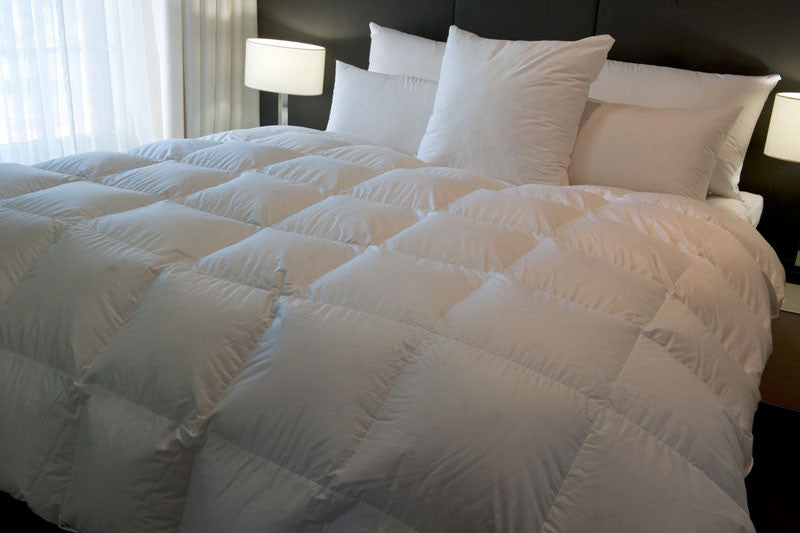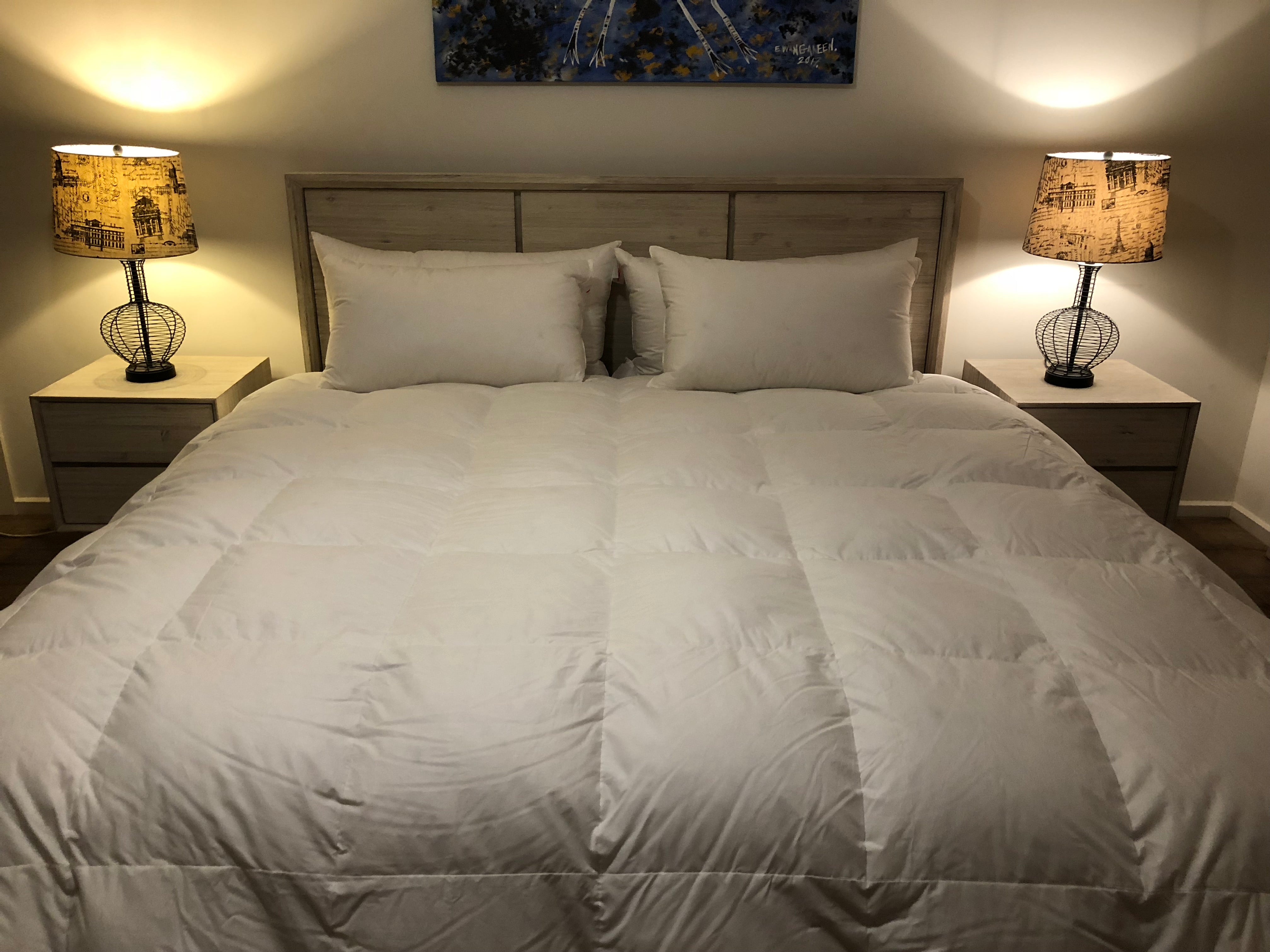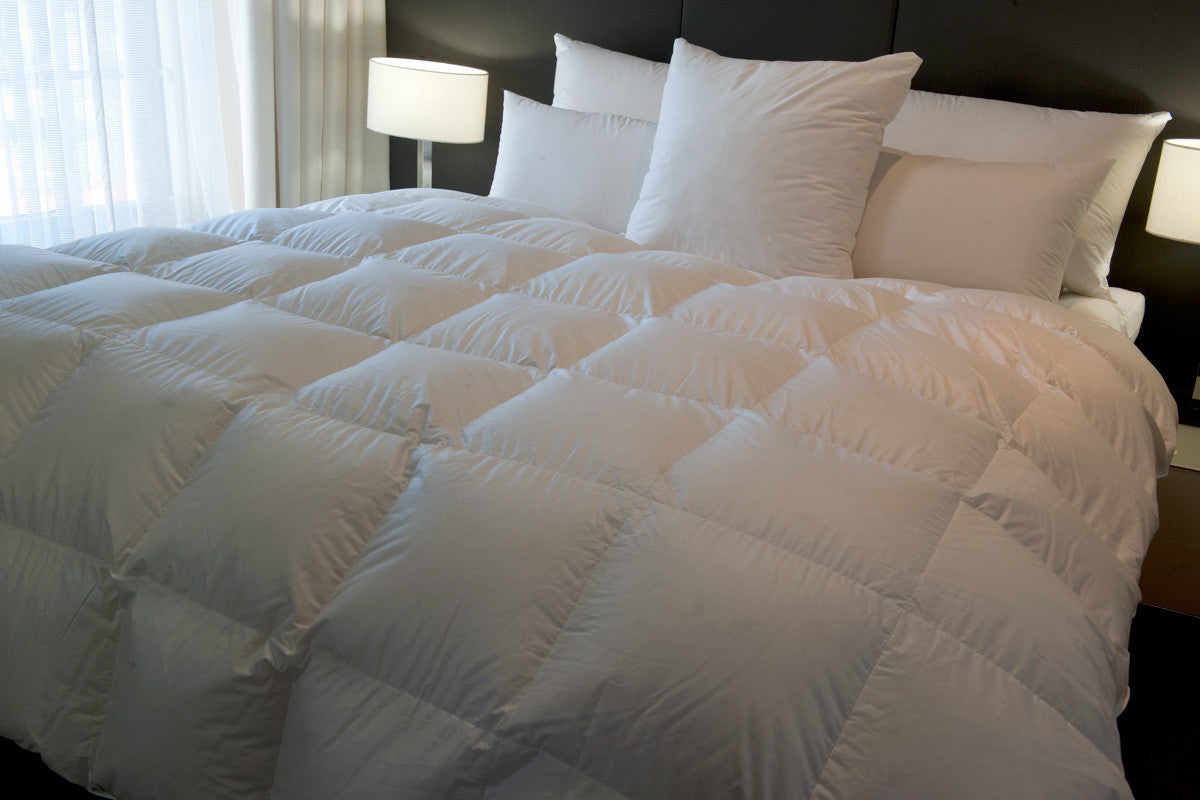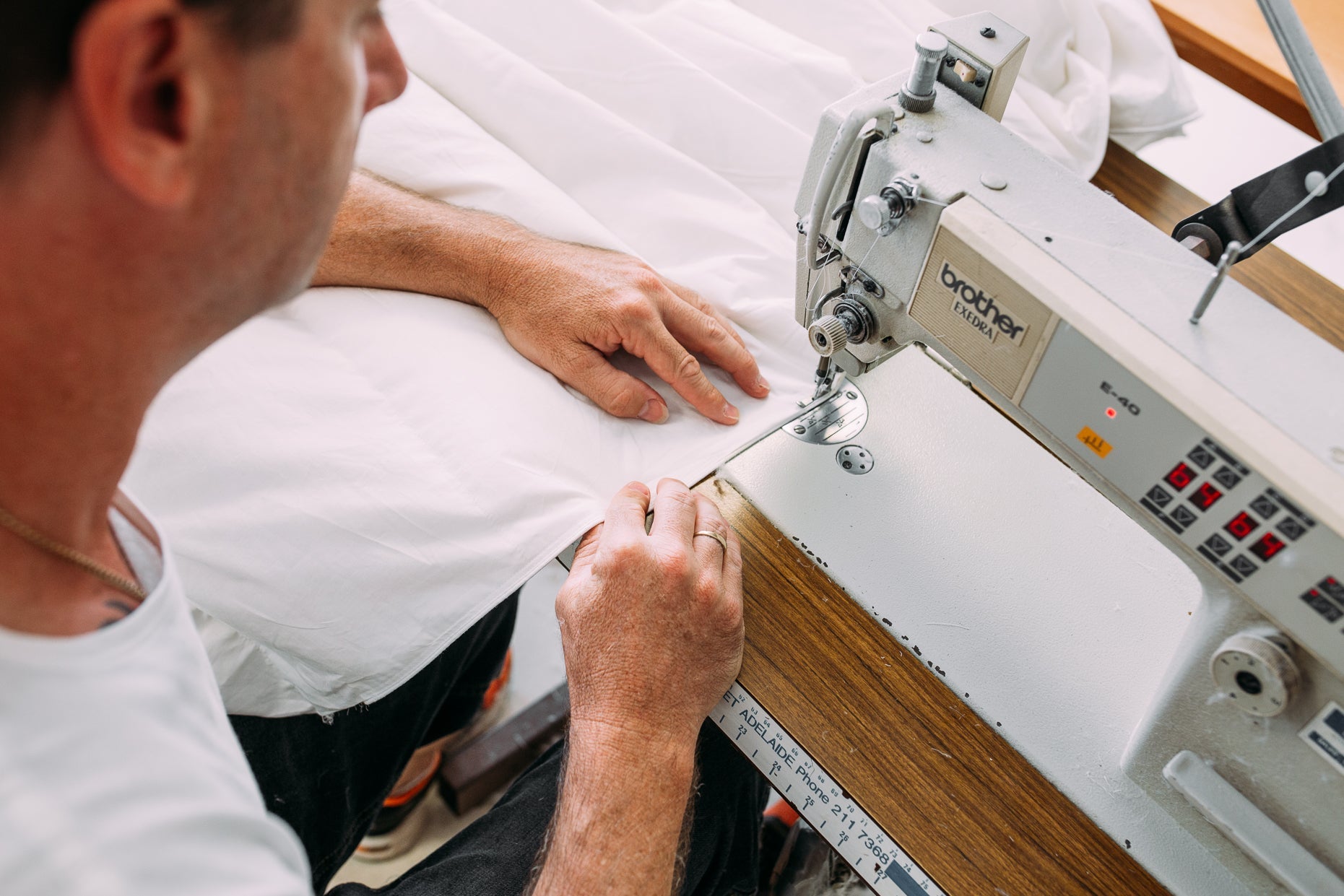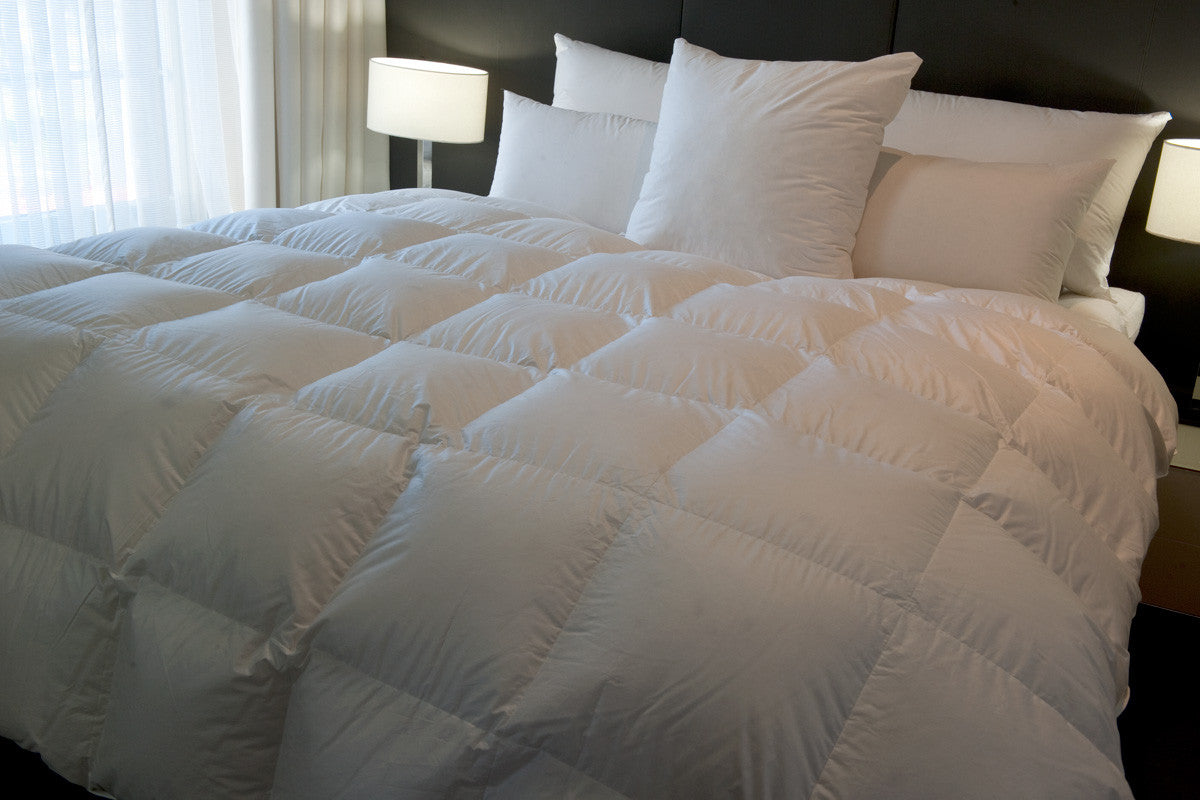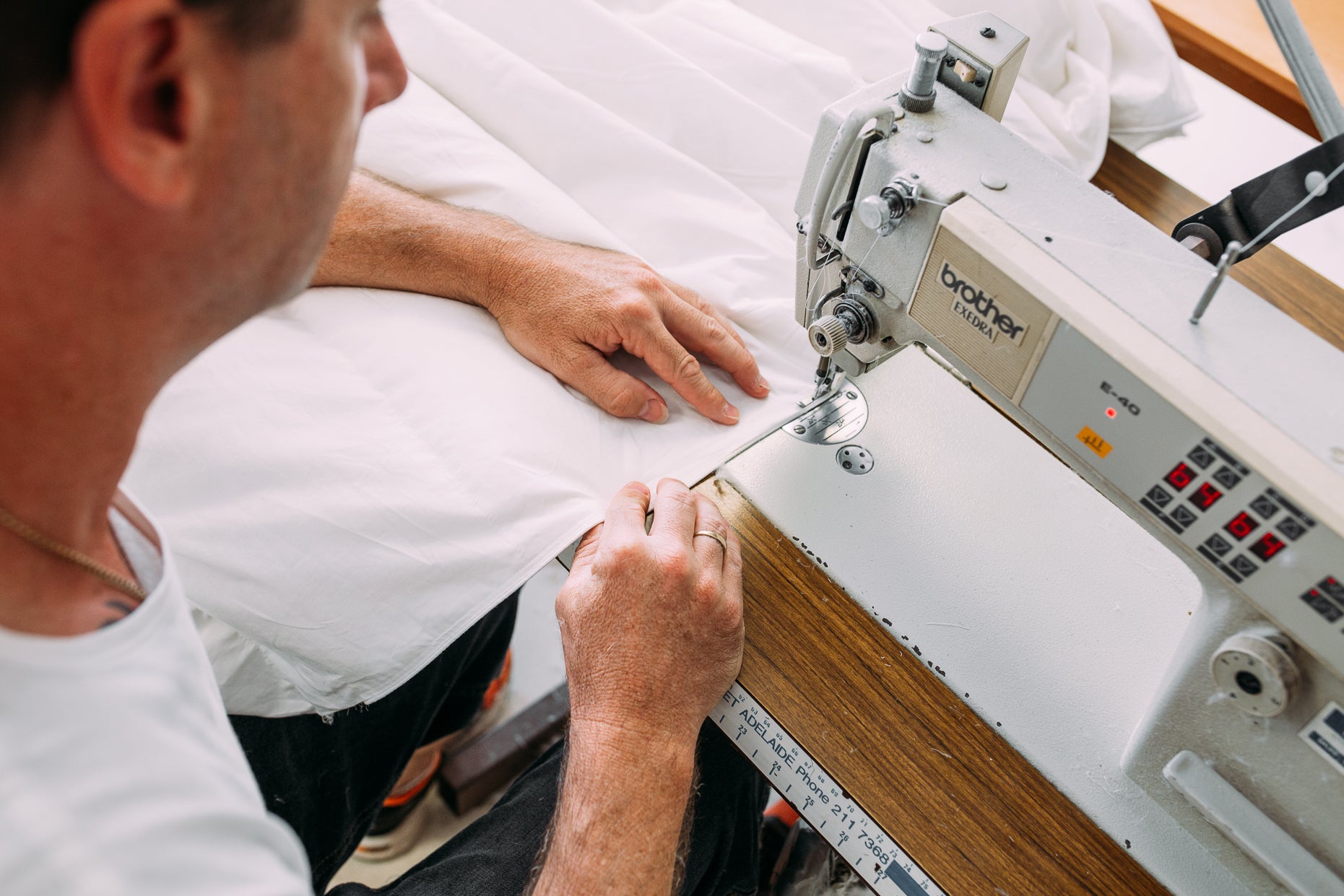
What's the Difference Between German Batiste TE100 and TE270?
Choosing the right fabric for your quilts, duvets, or premium bedding can feel overwhelming, especially when comparing specialised materials like German Batiste TE100 and TE270. Both are high-quality cotton fabrics renowned for their softness and durability, but they differ significantly in weight, thread count, breathability, and ideal applications. Understanding these distinctions helps you select the best option for your comfort needs and climate conditions. Whether you're investing in luxury bedding or manufacturing premium products, knowing what sets these fabrics apart ensures you get the performance and longevity you're paying for.
Frequently Asked Questions
What is German Batiste fabric used for?
German Batiste is a finely woven cotton fabric traditionally used in high-end quilt covers, duvet shells, and pillow casings. Its smooth texture and tight weave make it ideal for down and feather-filled products, as it prevents feathers from poking through while maintaining excellent breathability.
Is TE270 heavier than TE100?
Yes, TE270 has a higher mass per square metre, making it noticeably heavier and more substantial than TE100. This added weight contributes to greater durability and a more luxurious drape, though it also affects breathability and thermal properties.
Can I use TE100 fabric in warmer climates?
Absolutely. TE100's lighter weight and superior breathability make it an excellent choice for Australian summers or year-round use in warmer regions. It allows for better air circulation, reducing heat retention and keeping sleepers cooler throughout the night.
Does thread count affect fabric quality?
Thread count is one indicator of quality, but it's not the only factor. Both TE100 and TE270 feature high thread counts that contribute to their smoothness and durability, but weave structure, fibre quality, and finishing processes also play crucial roles in overall performance.
Which fabric is better for down-filled quilts?
Both fabrics are designed to be down-proof, but TE270's denser weave offers slightly better feather retention over the long term. However, TE100 is still highly effective for down products and offers the added benefit of improved breathability.
Key Features to Consider
- Fabric weight impacts drape and feel – Heavier fabrics like TE270 provide a more luxurious, substantial feel, while lighter options like TE100 offer a crisp, airy quality ideal for warmer weather or those who prefer less weight during sleep.
- Thread count influences softness and durability – Higher thread counts generally result in smoother, more durable fabrics, but the quality of the cotton and weaving technique are equally important for long-term performance.
- Breathability affects sleep comfort – Fabrics that allow better airflow help regulate body temperature, reducing night sweats and improving overall sleep quality, especially in Australia's variable climate.
- Down-proofing prevents feather leakage – A tightly woven fabric ensures that down and feather fill stays securely inside your quilt, maintaining loft and avoiding the frustration of poking feathers over time.
- Price reflects quality and manufacturing standards – Premium fabrics like German Batiste come at a higher cost due to superior cotton quality and precise weaving techniques, but they offer better longevity than cheaper alternatives.
- Application suitability varies by fabric type – Understanding whether you need lightweight breathability or heavier durability helps match the right fabric to your specific bedding needs and climate.
Understanding the Key Differences Between These Premium Cotton Fabrics
When comparing German Batiste TE100 and TE270, the primary distinctions lie in their physical properties and how these characteristics influence comfort, durability, and practical applications. Both fabrics are manufactured to exacting European standards and represent the premium end of cotton bedding materials. The key is understanding which properties matter most for your specific needs—whether that's temperature regulation, longevity, or the luxurious feel of your bedding.
Fabric Weight / Mass per m²
The most immediately noticeable difference between TE100 and TE270 is their weight per square metre. TE100 typically weighs around 100 grams per square metre, making it a lightweight option that feels crisp and airy against the skin. In contrast, TE270 weighs approximately 130 grams per square metre, giving it a more substantial feel that many associate with luxury bedding. This weight difference affects how the fabric drapes over your body, with TE270 providing a more enveloping sensation while TE100 sits lighter and feels less restrictive. For Australian consumers, the lighter TE100 often proves more versatile across our diverse climate zones, while TE270 excels in cooler regions or for those who prefer weightier bedding. When selecting materials for premium products, Supreme Quilts carefully evaluates fabric weight to ensure optimal comfort and performance for their customers' specific requirements.
Thread Count / Weave Density
Both TE100 and TE270 feature impressively high thread counts, typically ranging from 290 to 320 threads per inch, which contributes to their exceptional smoothness and durability. However, the weave density differs between the two, with TE270 having a tighter, more compact weave structure that increases its weight and changes its performance characteristics. This denser weave in TE270 makes it slightly less breathable but more resistant to wear and tear over extended use. The tight weave also improves down-proofing capabilities, making it an excellent choice for high-fill-power down products. TE100's slightly more open weave, while still very tight by industry standards, allows for better air circulation without compromising its ability to contain down and feather fill effectively.
Breathability & Thermal Performance
Breathability is where TE100 and TE270 show some of their most significant functional differences. TE100's lighter weight and marginally more open weave structure allow for superior air circulation, making it ideal for temperature regulation in warmer climates or for individuals who tend to sleep hot. This enhanced breathability helps moisture wick away from the body, reducing the clammy feeling that can occur with less permeable fabrics. TE270, while still breathable compared to synthetic alternatives, retains slightly more warmth due to its denser construction and heavier weight. This makes it particularly suitable for cooler months or air-conditioned environments where additional warmth retention is desirable. Many Australian bedding experts recommend TE100 for year-round use in most regions, while TE270 finds favour in cooler climates or as a winter-specific option.
Durability & Down-Proofing
When it comes to longevity and maintaining the integrity of down-filled products, both fabrics perform exceptionally well, though with slight variations. TE270's heavier weight and denser weave give it a marginal edge in overall durability, particularly in commercial or high-use applications where the fabric experiences more stress. The tighter weave also provides superior down-proofing over extended periods, with less likelihood of feather migration through the fabric even after years of use and multiple washing cycles. TE100, while slightly lighter, still offers excellent durability for residential use and maintains strong down-proof properties throughout its lifespan. Both fabrics are designed to withstand regular laundering without significant degradation in performance or feel. Supreme Quilts uses both fabric types strategically based on the specific product requirements, ensuring that each quilt or duvet receives the most appropriate material for its intended use and expected lifespan.
Cost & Value Proposition
The price difference between TE100 and TE270 reflects their manufacturing complexity and material requirements. TE270 generally costs more due to its higher weight per square metre and more complex weaving process. However, this doesn't necessarily make it better value—the optimal choice depends on your specific needs and circumstances. For warmer climates or those prioritising breathability, TE100 may offer better value despite any price similarity, as it delivers the comfort characteristics most relevant to those conditions. Conversely, if durability and a luxurious, weighty feel are priorities, TE270's additional cost may be justified by its enhanced longevity and premium hand feel. Both fabrics represent significant investments compared to standard cotton bedding materials, but their superior performance, longevity, and comfort typically justify the premium pricing. When evaluating value, consider not just the initial purchase price but the expected lifespan and how well the fabric suits your specific climate and personal preferences.
Application Fit & Consumer Needs
Selecting between TE100 and TE270 ultimately comes down to matching the fabric's characteristics with your specific application and personal preferences. TE100 excels in situations requiring maximum breathability, lighter weight, and versatility across seasons. It's particularly well-suited for Australian conditions, warmer sleepers, and those who prefer a crisper, less enveloping feel to their bedding. TE270 shines when durability, warmth retention, and a more substantial, luxurious drape are priorities. It's ideal for cooler climates, those who prefer heavier bedding, or commercial applications where enhanced longevity justifies the additional investment. Both fabrics work beautifully with down and feather fills, though TE270's superior down-proofing makes it marginally better for very high fill-power products. Neither option is inherently superior—they're engineered for different priorities and circumstances. If you're uncertain which option best meets your needs, contact us for personalised guidance based on your individual requirements and sleeping environment. Understanding your climate, personal comfort preferences, and how you use your bedding helps you make an informed choice that delivers the best possible sleep experience.

